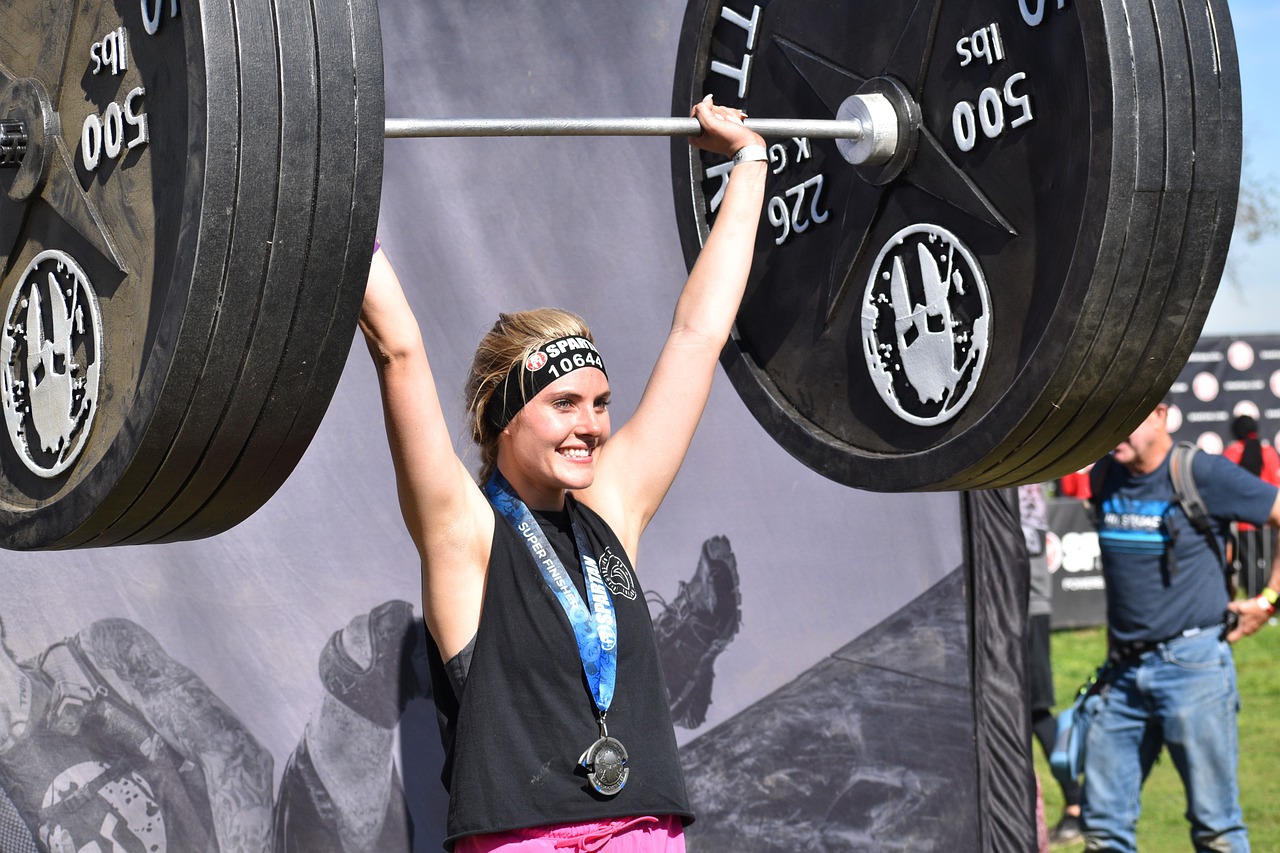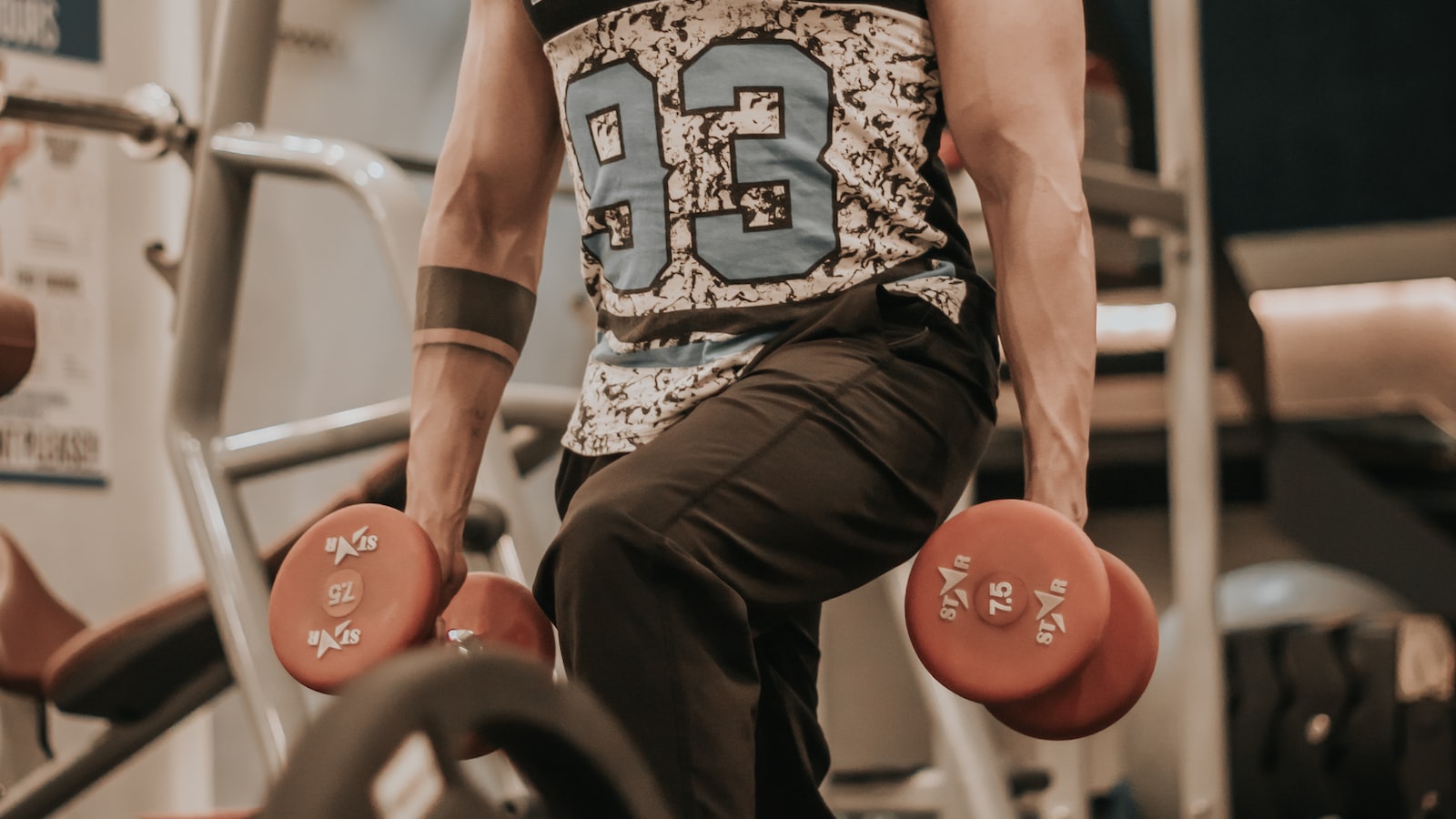
Physical limitations can be a daunting challenge for many people, but they don’t have to be a barrier to living an active and fulfilling life. Exercise has the power to empower those with physical limitations, enabling them to push past their perceived limitations and achieve their fitness goals. Whether it’s adapting exercises to suit individual needs, finding new ways to move, or working with a trainer who understands the unique challenges of physical limitations, breaking barriers through exercise is possible for everyone. In this article, we’ll explore how exercise can help empower those with physical limitations and offer tips and strategies for overcoming the challenges that may arise.
1. Overcoming Obstacles: The Power of Exercise for Those with Physical Limitations
Exercise is a powerful tool that can help individuals with physical limitations overcome obstacles and improve their overall health and well-being. Whether you have a disability, chronic illness, or injury, incorporating regular physical activity into your daily routine can have a significant impact on your quality of life.
One of the key benefits of exercise for those with physical limitations is improved mobility and flexibility. By engaging in regular physical activity, you can increase your range of motion and strengthen the muscles that support your joints, making it easier to move around and perform daily tasks. Additionally, exercise can help reduce pain and inflammation, improve balance and coordination, and boost energy levels, all of which can contribute to a better quality of life. So, whether you prefer to swim, walk, or lift weights, finding a form of exercise that works for you can be a game-changer.
Some tips for getting started with exercise include setting realistic goals, finding a supportive community or workout partner, and working with a qualified healthcare professional to develop a safe and effective exercise plan. Remember, the most important thing is to start small and build up gradually, focusing on what you can do rather than what you can’t. With time and dedication, exercise can help you overcome obstacles and achieve your health and fitness goals, no matter what challenges you may face.
2. Breaking Barriers: How Exercise Can Empower Individuals with Disabilities
Exercise is an essential aspect of a healthy lifestyle, and it is equally important for individuals with disabilities. Engaging in physical activities not only improves physical fitness but also enhances mental well-being and boosts self-confidence. People with disabilities often face barriers when it comes to exercising, but with the right support and resources, they can break these barriers and reap the benefits of exercise.
There are several ways in which exercise can empower individuals with disabilities. Firstly, it can improve their physical health and reduce the risk of developing chronic conditions such as obesity, diabetes, and heart disease. Secondly, exercise can enhance their mental health by reducing stress, anxiety, and depression. Thirdly, it can improve their social skills by providing opportunities to interact with others and form friendships. Finally, exercise can boost their self-confidence and self-esteem by helping them achieve their fitness goals and overcome challenges.
- Adaptive Equipment: Individuals with disabilities can benefit from using adaptive equipment such as wheelchairs, prosthetics, and modified exercise machines.
- Accessible Facilities: Accessible facilities such as ramps, elevators, and wide doorways can make it easier for individuals with disabilities to access fitness centers and gyms.
- Trained Professionals: Fitness professionals who are trained in working with individuals with disabilities can provide personalized exercise programs and modifications.
Overall, exercise can be a powerful tool for empowering individuals with disabilities. By breaking down barriers and providing the necessary support and resources, we can help them achieve their fitness goals and improve their overall health and well-being.
3. From Limitations to Strengths: The Transformative Benefits of Exercise for All Abilities
Exercise is a transformative activity that can help people of all abilities overcome limitations and discover their strengths. Whether you are dealing with physical or mental challenges, regular exercise can help you improve your health, boost your mood, and enhance your overall quality of life.
One of the key benefits of exercise is its ability to improve physical function and mobility. For people with physical disabilities, regular exercise can help increase strength, flexibility, and endurance, making it easier to perform daily activities and participate in recreational activities. Exercise can also help reduce pain and stiffness, improve balance and coordination, and prevent falls and injuries. Additionally, exercise has been shown to have positive effects on mental health, reducing symptoms of anxiety and depression and improving self-esteem and confidence. By focusing on their strengths and abilities, people of all abilities can use exercise to transform their lives and achieve their goals. As we come to the end of this article, it’s clear that exercise is not just a way to stay fit and healthy, but it’s also a powerful tool to break down barriers and empower those with physical limitations. Whether it’s through adaptive sports or modified workouts, individuals with disabilities can push past their limitations and achieve their fitness goals. So, let’s continue to embrace the power of exercise and break down barriers for a more inclusive and empowering future.
